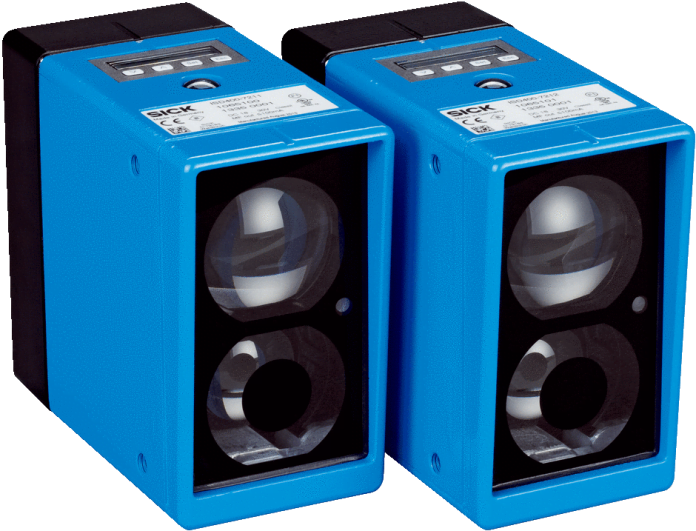Would you recommend infrared transmission in a video surveillance application where a small group of cameras need to be integrated centrally from a remote point on a site?
In our application we need to hop around 150 metres over a gardens, paving, carparking and infrastructure, and there’s limited budget. Further, would you favour microwave or IR communications?
A: Microwave is more powerful than infrared, with link distances of 16km being common – you don’t need that in this application. The advantages of microwave transmission would include high integrity video images, very fast comms, including simultaneous video, telemetry and voice, and 32 channels of multiplexing per receiver. Another big advantage is high immunity to bad weather. On the downside, government licensing fees apply.
Comparatively, infrared line-of-sight transmission is effective, low cost, won’t need a licence and causes no RFI. Up to 3km is said to be the sweet spot for IR data transmission but that’s way more than you need. In your application something with modest range and high integrity is required – probably something simple like the SICK ISD-400, which has a range of around 200 metres and a data rate of 100Mbps.
If there’s a disadvantage with infrared comms it’s that you need stable mounting points for receivers and transmitters. Pole mounting may not do. You’ll also suffer attenuation in bad weather – the worse the weather, the greater the impact on your system’s performance. Bright sun and strong reflections may also cause attenuation.
#sen.news #SEN #SENnews











